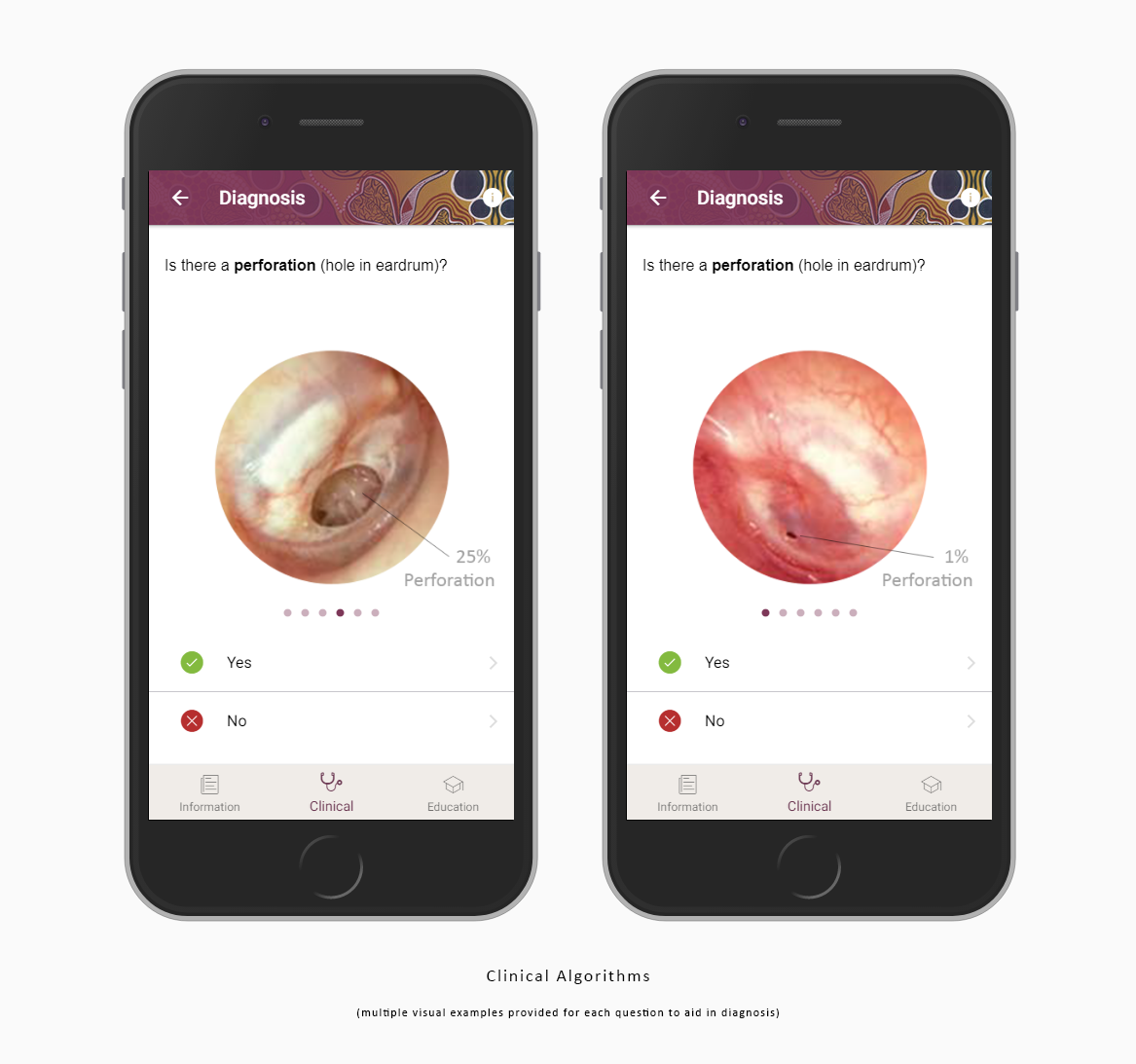The new guidelines and mobile app aim to improve the hearing of Aboriginal and Torres Strait Islander children.
In remote communities of Australia’s Northern Territory, there are alarming health figures: about nine in ten children under the age of three have hearing problems. According to a recent report, these children suffer from some form of otitis media or hearing problem. Common conditions reported include otitis media (OM) with effusion (OME), or “glue ear”, suppurative OM — acute OM (AOM) with or without perforation and chronic suppurative OM (CSOM).
These chronic conditions have a direct impact in the life of children, affecting their ability to communicate, establish relationships, and overall affects their quality of life.
With the goal of helping these children and improving their hearing health outcomes, a team of Australian researchers at the Centre of Research Excellence in Ear and Hearing Health of Aboriginal and Torres Strait Islander children has published an update of the previous 2010 Guidelines and a mobile app. Their goal is to guide GPs and care givers in the most up-to-date evidence-based practice for management of otitis media and hearing loss conditions.
The team was led by Prof Amanda Leach, Senior Principal Research Fellow at the Menzies School of Health Research in Darwin. “The high prevalence and severity of OM in remote communities is due to overriding social determinants such as poverty, household crowding and household hygiene hardware, and limited access to culturally appropriate quality health care,” Prof Leach said.
“The 2020 OM Guideline and OMapp address the need for access to quality health care – many primary health care services are not equipped with skills or equipment to deliver quality ear and hearing health care for Aboriginal and Torres Strait Islander children,” she added.
The new guidelines (and app)
The research team conducted 51 systematic reviews of evidence across various topics, including prevention, diagnosis, prognosis and management of otitis media. The outcome of these research reviews was a set of guidelines that included 10 diagnostic decision support algorithms, 14 prevention and 37 treatment strategies.
A direct result of this study was the formulation of 11 changes in the current management of otitis media, including recommendations about antibiotic use, audiology and surgical referrals, and the use of autoinflation devices, among others.
The study also produced a mobile app, called “OMapp”, which provides free and fast access to the published guidelines, in addition to images and animations. The app also features multiple Aboriginal and Torres Strait Islander language audio translations, which aim to improve communication with families.
According to Prof Leach, the new guide and mobile app seek to help GPs and health care providers improve their care of children with otitis media in remote aboriginal communities. Some key issues that these new guidelines aim to implement include:
- Regular, scheduled and opportunistic ear assessments for all children (ear disease is often asymptomatic in Aboriginal infants and young children).
- Otoscopy and tympanometry (or pneumatic otoscopy) should be used.
- A diagnosis should be documented and a management plan with follow-up implemented
- Families need information about their child’s needs and how they can access service and assist communication at home and at school.
- Use of the on-line and OMapp app, which allow rapid access to diagnostic algorithms and management recommendations.
The mobile also app offers various tools to help GPs communicate effectively with aboriginal children and their families. For example, there are audio translations of GP messages relevant to a child diagnosis in multiple languages spoken in the Northern Territory. “The Audiology section has messages about strategies for detecting hearing problems and what to do to improve communication and language development,” Prof Leach said. “The app also contains an education section, with medical education and information about hearing and about what happens if a child needs surgery (grommets) to improve hearing,” she added.



